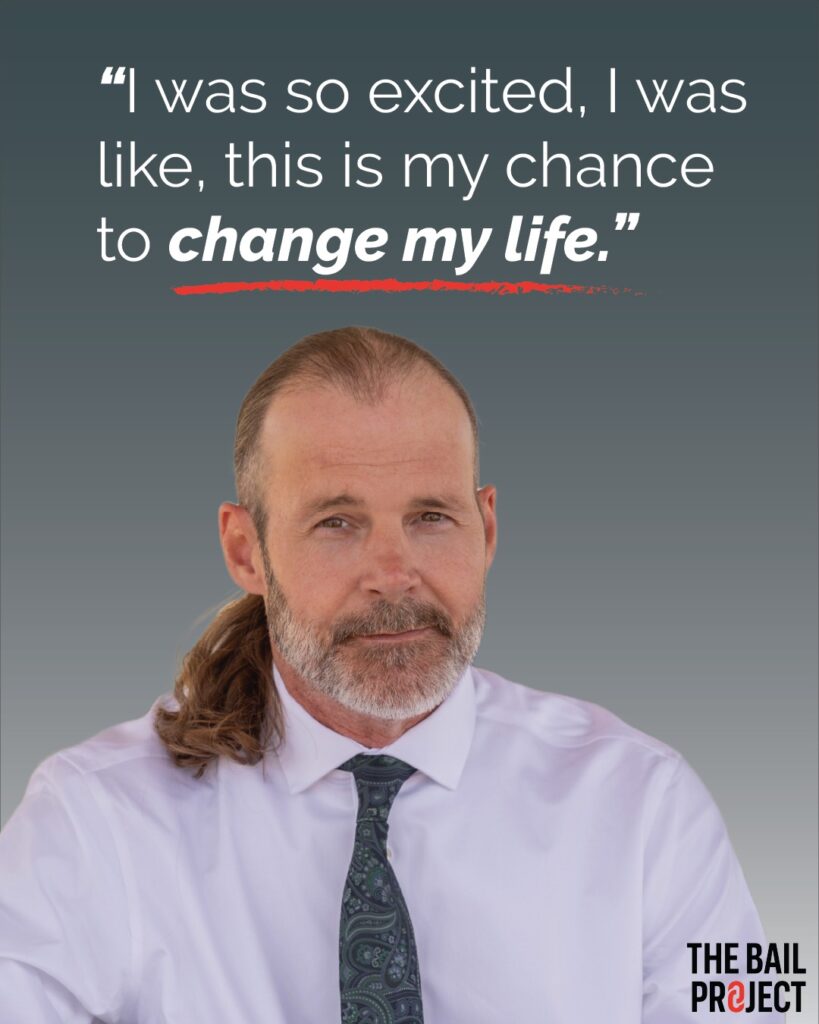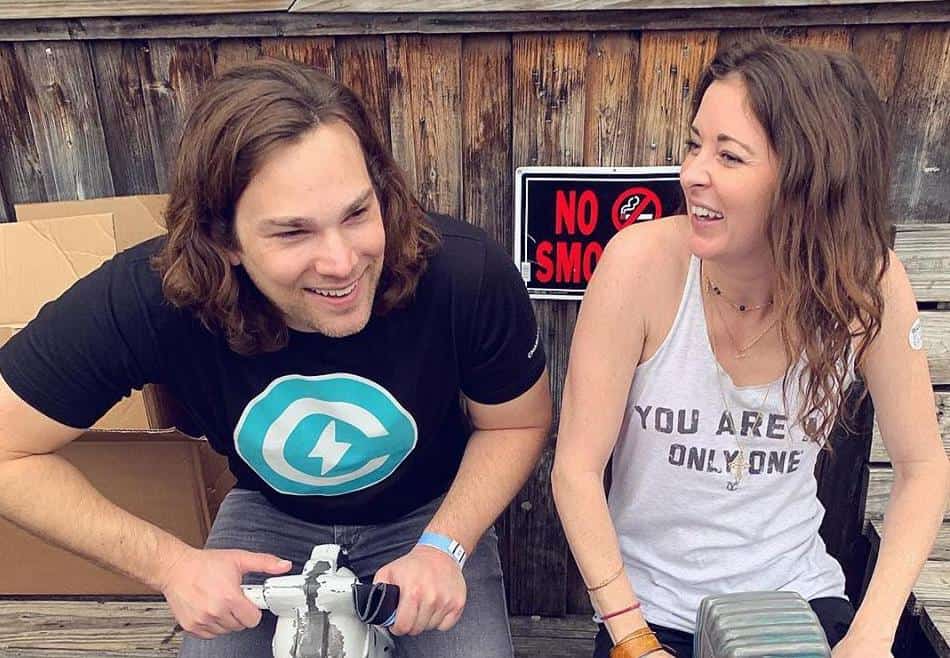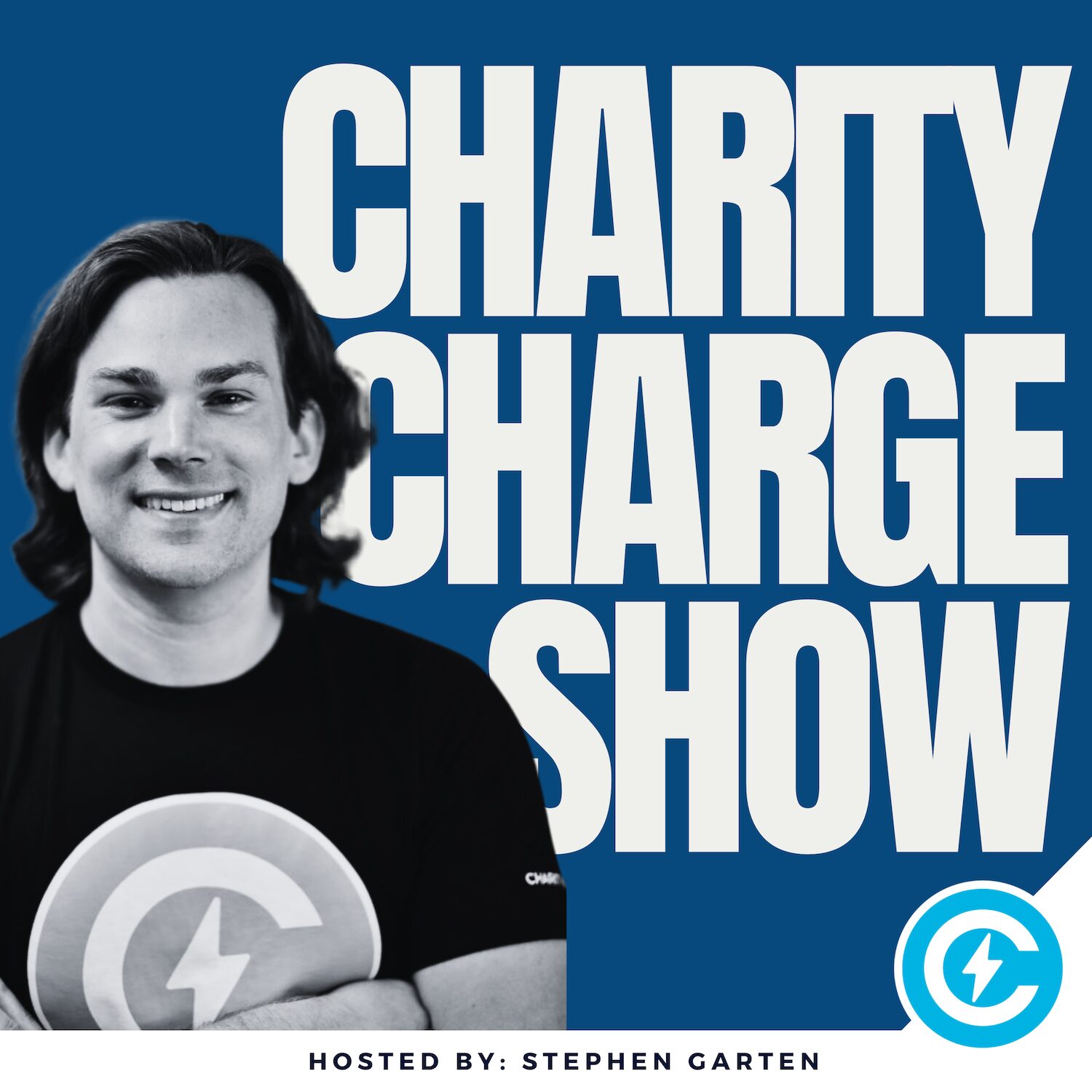In this episode of the Charity Charge Show we speak with, David Gaspar, CEO of The Bail Project, on how the organization posts bail at no cost for people who cannot afford it, then supports them with court reminders, transportation, and connections to services. He explains common misunderstandings about pretrial justice, highlights data from recent studies and The Bail Project’s own publications, and reflects on leadership lessons as the organization approaches a milestone of 40,000 clients served.
Overview
Episode Highlights
- Mission in one line: Help people fight their cases from a position of freedom and keep their lives stable while they wait for court.
- The problem: More than 500,000 people sit in jail on any given day because they cannot afford bail.
- What The Bail Project does: Posts bail for free, sends court reminders, provides transportation, and connects people to resources when and where needed.
- Why it matters: Pretrial jail time destabilizes jobs, housing, and family life. Supporting people to return to court protects stability and improves outcomes.
- Milestone ahead: Nearly 40,000 clients bailed out. About one third of those cases were dismissed, which points to significant unnecessary jail time.
- Practical proof: Simple tools such as reminders and rides reduce failures to appear and downstream warrants.
Key Takeaways for Nonprofit Leaders and Funders
- Target the bottleneck. Small, operational supports like text reminders and dependable transportation move the needle on court appearance rates.
- Measure what matters. Collect and publish data on attendance, case outcomes, and stabilization to guide policy and funding.
- Tell the full story. Pair client stories with clear metrics so partners, media, and policymakers can see impact and learn from it.
- Build local relationships. Engage judges, jail administrators, public defenders, and county executives so practice changes follow policy changes.
- Protect stability. Every day in jail threatens employment, housing, and family responsibilities. Fast, practical help prevents spirals.
What The Bail Project Provides
- Free bail assistance: No cost to clients
- Court reminders: Text and phone outreach to reduce missed appearances
- Transportation: Rides to hearings and related appointments through partners
- Resource connections: Housing, childcare planning, and other supports when needed
- Learning agenda: Public reports analyzing outcomes and policy implementation
“A simple reminder and a reliable ride can prevent a missed court date and the warrant that follows.”

Common Misunderstandings About Bail and Safety
- Myth: Bail hearings always weigh evidence and personal circumstances.
Reality: Many hearings last one to two minutes and follow a preset bail schedule rather than an individualized review. - Myth: Bail reform reduces public safety.
Reality: Early reports and multi-year studies show bail reform can maintain or improve safety outcomes while reducing unnecessary detention. - Myth: Everyone released needs intensive services.
Reality: Many clients have jobs, housing, and family supports. The priority is to keep that stability intact.
A Client Story to Remember
A single mother was jailed after an old traffic ticket in another state resurfaced. She was transferred, held for months, and risked losing custody and employment. The Bail Project posted bail, arranged support, and helped her return to court. The case illustrates how minor issues can trigger major harm when pretrial detention interrupts daily life.
Podcast Transcript Q&A
Q: What sparked The Bail Project and its national expansion?
A: Our founder, Robin Steinberg, was a public defender in New York City who saw the need for people to fight their cases from a position of freedom. Funders backed the model so we could scale nationally, open sites across the country, and study what reliably helps people return to court and stay stable.
Q: What core problem are you addressing?
A: More than 500,000 people sit in jail on any given day because they cannot afford bail. A cash amount is set that is beyond their ability to pay. We step in to post bail at no cost and then help with court reminders, transportation, and resource connections when and where needed.
Q: Why emphasize “when and where needed”?
A: Many clients already have jobs, housing, and family support. Jail time puts all of that at risk. Our job is to preserve stability so people can keep working, keep their housing, and care for their families while they resolve their case.
Q: What supports have proven most effective after release?
A: Court reminders and transportation. Our study shows the median client lives nine miles from the courthouse and often lacks reliable public transit. Through partnerships, including Lyft, we provide rides for hearings and related appointments.
Q: Do reminders really move the needle on court attendance?
A: Yes. Recent research shows reminders alone can reduce failures to appear by about 20 percent, which also reduces bench warrants and rearrests. A simple reminder has significant downstream impact.
Q: What are the biggest public misconceptions about bail and courts?
A: TV courtrooms are not reality. Bail decisions often take 60 to 120 seconds and follow a preset schedule by charge. There is little individualized review of facts or circumstances, which erodes the presumption of innocence when freedom has a price tag.
Q: Does bail reform harm public safety?
A: The data tells a different story. Early reporting in places like Illinois indicates violent crime has gone down. A 50-month assessment in New York found people released on their own recognizance had lower rearrest rates and fewer needs than those who were jailed or had to post money bail. Keeping people in jail makes lives deteriorate and increases desperation. Allowing people to return home helps them stabilize.
Q: Can you share a client story that shows what is at stake?
A: A single mother forgot about an old traffic ticket after moving states. She was arrested in her new state, transferred back, and jailed for months. The question is not only the ticket. It is the ripple effect on her daughter, employment, and housing for something that could have been handled by mail.
Q: What leadership lesson would you give your earlier self when you became CEO?
A: Appreciate the accumulation of the work and act faster on it. Move sooner from individual impact to system-level proof. Publish findings, shape narratives with facts, and lean into the role of translating field learning into policy and practice.
Q: How do you communicate value to donors and partners?
A: We work on three fronts. First, media relationships to balance fear-based narratives with facts. Second, academic partnerships to ensure credibility and rigor. Third, direct engagement with judges, jail administrators, county leaders, public defenders, and district attorneys so practice changes where decisions happen.
Q: What specific operational insights are you sharing with jurisdictions?
A: Measure the impact of reminders, rides, and childcare planning on court appearance rates. Help clients set up childcare when children cannot go to court, provide the ride to drop off, get to court, and return. Small, reliable supports prevent missed appearances and warrants.
Q: Why do you stress local practice even when laws change at the state level?
A: If courtroom practices do not change, the policy never really gets implemented. People then blame the law rather than the lack of adoption. We focus on helping local stakeholders put reforms into daily operations.
Q: You are approaching 40,000 clients served. What does that milestone reveal?
A: It is bittersweet. We are proud to have helped that many people, yet roughly one third of those cases were dismissed. That implies more than ten thousand people in our caseload alone were jailed unnecessarily. Unnecessary arrests clog the system and waste resources that courts say they lack.
Q: What is next for The Bail Project?
A: Continue core operations, keep publishing. We released two reports this year and have two more in the pipeline. We will deepen data on what works, share findings with jurisdictions, and hold ourselves accountable for precise, transparent measurement.
Q: How can listeners get involved?
A: Visit BailProject.org to learn more, read publications, explore client stories, donate, or connect about partnerships. The site is updated regularly with new resources and findings.
















